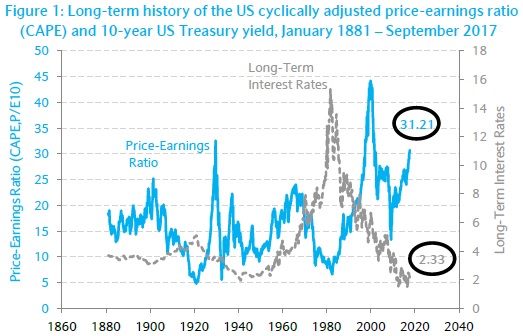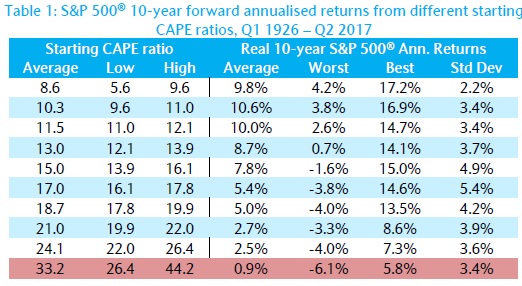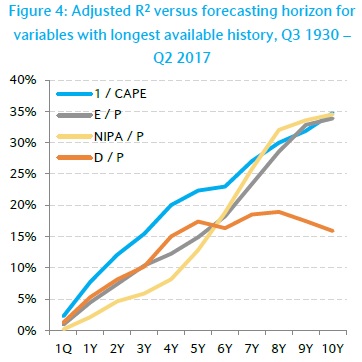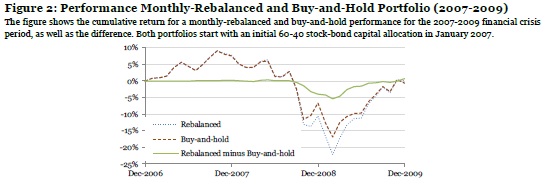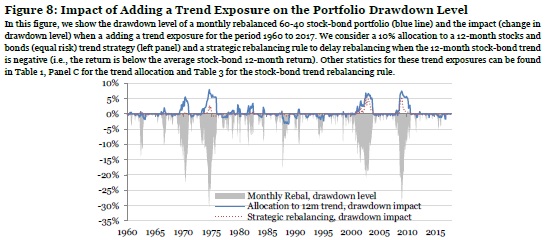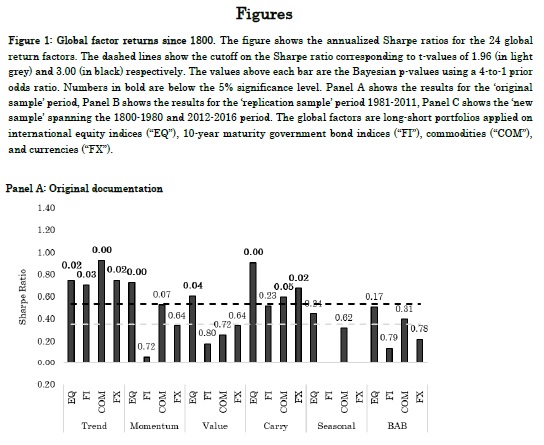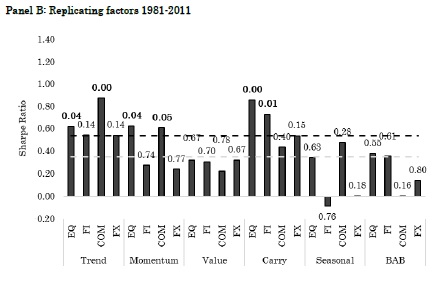Three Insights from Academic Research Related to Carry Trade Strategy
What are the main insights?
– carry trade profitbility depends on the positive order-flow of sophisticated financial customers (hedge funds and asset managers)
– carry trade strategy is profitable, but it is hard to pick correct trading rules ex-ante
– future alpha of a high interest rate currency carry portfolio increases in a trough in a business cycle and in a state of high market uncertainty
1/
Authors: Burnside, Cerrato, Zhang
Title: Foreign Exchange Order Flow as a Risk Factor
Link: https://papers.ssrn.com/sol3/papers.cfm?abstract_id=3275356
Abstract:
This paper proposes a set of novel pricing factors for currency returns that are motivated by microstructure models. In so doing, we bring two strands of the exchange rate literature, namely market-microstructure and risk-based models, closer together. Our novel factors use order flow data to provide direct measures of buying and selling pressure related to carry trading and momentum strategies. We find that they appear to be good proxies for currency crash risk. Additionally, we show that the association between our order-flow factors and currency returns differs according to the customer segment of the foreign exchange market. In particular, it appears that financial customers are risk takers in the market, while non-financial customers serve as liquidity providers.
2/
Authors: Hsu, Taylor, Wang
Title: The Profitability of Carry Trades: Reality or Illusion?
Link: https://papers.ssrn.com/sol3/papers.cfm?abstract_id=3158101
Abstract:
We carry out a large-scale investigation of the profitability of carry trades, using foreign exchange data for 48 countries spanning a period from 1983 to 2016 and employing a stepwise test to counter data-snooping bias. We find that, while we can confirm previous findings that the carry trade is profitable over this long period when a specific carry-trade strategy is selected based on the whole data set, even after controlling for data snooping, when we split the sample into sub-periods, the best carry-trade strategy in one sub-period is generally not profitable in the next sub-period. This finding holds true even when we include learning strategies and stop-loss strategies. Our findings thus highlight the instability of carry trades over long periods and their limitation in the sense that it is hard to predict their performance based on several years of data and therefore to choose a profitable carry-trade strategy ex ante.
3/
Author: Sakemoto
Title: Currency Carry Trades and the Conditional Factor Model
Link: https://papers.ssrn.com/sol3/papers.cfm?abstract_id=3210768
Abstract:
This study employs a conditional factor model in order to investigate the time-varying profitability of currency carry trades. To that end, I estimate conditional alphas and betas on the popular dollar and carry factors through the use of a nonparametric approach. The empirical results illustrate that the alphas and betas vary over time. Furthermore, I find that the alpha of a high interest rate currency portfolio increases in a trough in a business cycle and in a state of high market uncertainty. However, the beta on the dollar factor decreases in these market conditions, suggesting that investors reduce the foreign currency risk exposure.
Are you looking for more strategies to read about? Check http://quantpedia.com/Screener
Do you want to see performance of trading systems we described? Check http://quantpedia.com/Chart/Performance
Do you want to know more about us? Check http://quantpedia.com/Home/About
Follow us on:
Facebook: https://www.facebook.com/quantpedia/
Twitter: https://twitter.com/quantpedia

